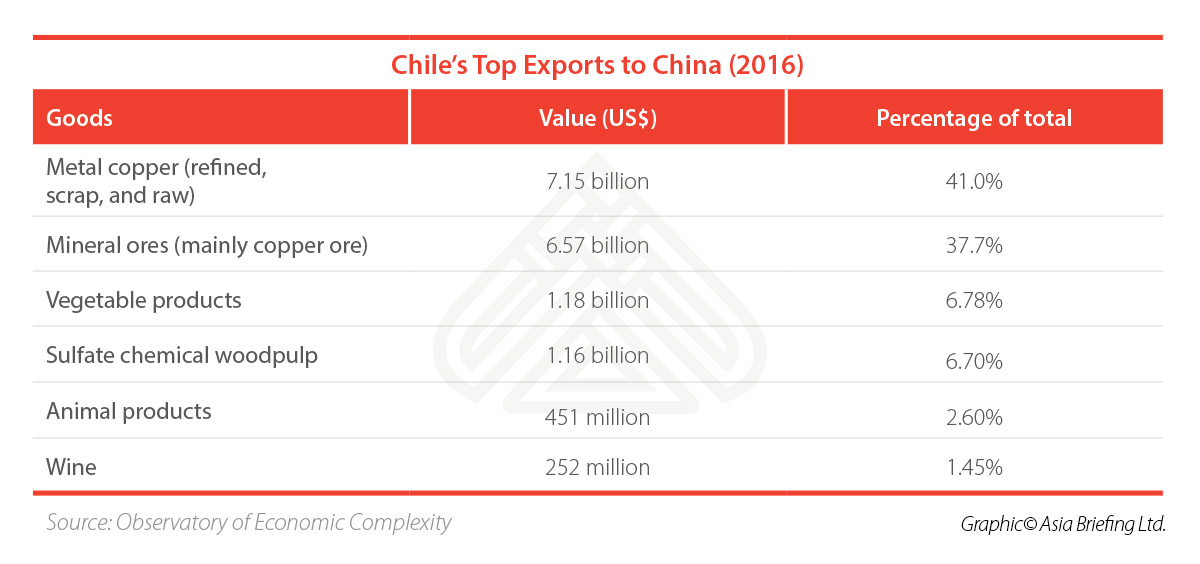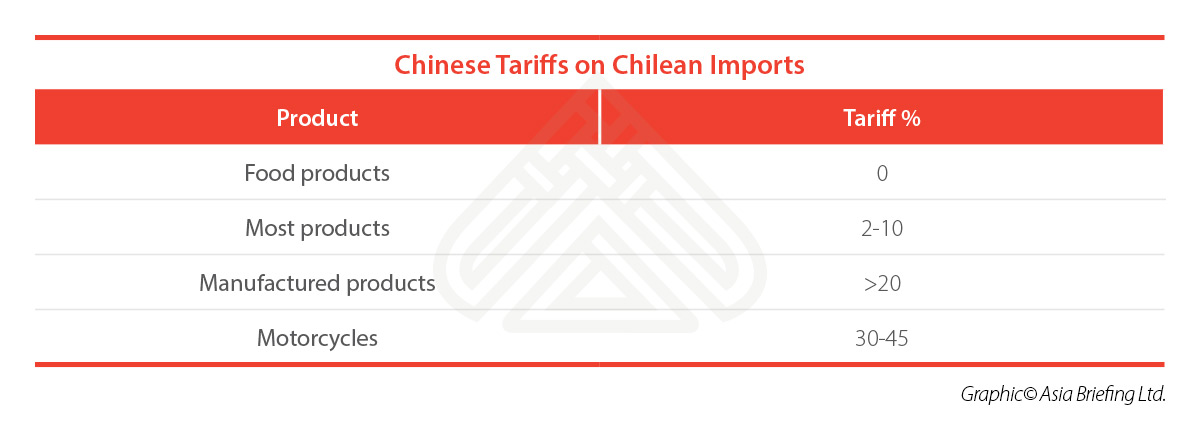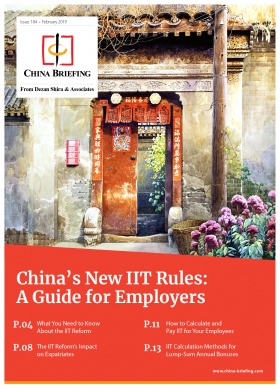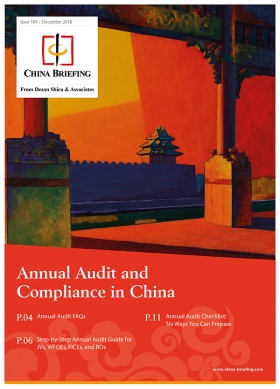China-Chile FTA Upgraded, New Opportunities for Investors
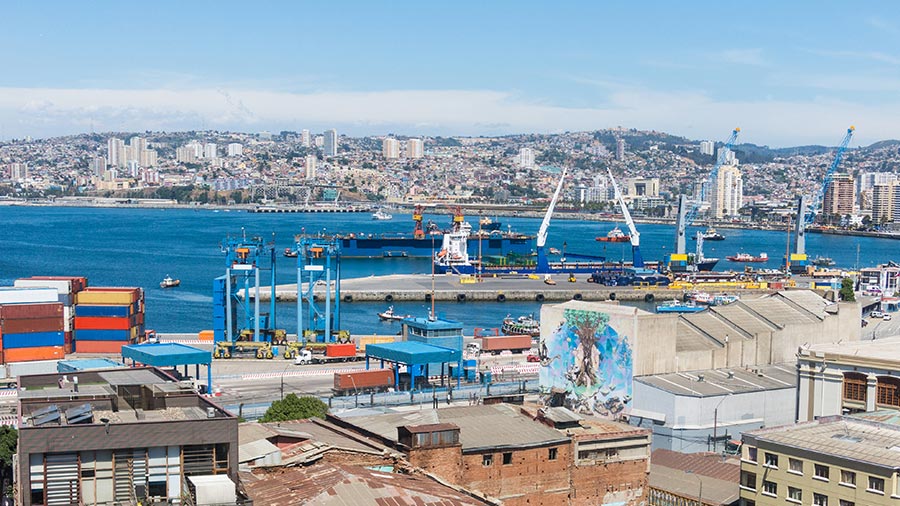
The upgraded China-Chile FTA came into force on March 1, 2019. China Briefing looks at bilateral trade relations between China and Chile as well as key market opportunities for foreign investors.
Chile was the first Latin American country to establish diplomatic relations with the People’s Republic of China, dating back to December 15, 1970. However, relations stayed stagnant for decades until 2005, when the two countries signed a free trade agreement (FTA). This was the first FTA China signed with a Latin American country.
In 2016, President Xi Jinping visited Chile and announced the initiation of negotiations on upgrading the FTA. On November 11, 2017 an agreement was reached on the FTA upgrade; it finally came into force on March 1, 2019. This is only China’s second FTA upgrading agreement after the China-ASEAN FTA.
Previously, on May 24, 2015, China and Chile signed a double taxation avoidance agreement (DTA) and agreed to set up an RMB clearing center in Chile. This DTA was symbolic to China, as it was the 100th tax treaty that China signed with a foreign country.
With greater trade liberalization and facilitation between China and Chile, how will businesses benefit?
Upgraded China-Chile FTA: Exemption from tariffs, opening up service sectors
The upgraded China-Chile FTA will see the number of items exempt from tariffs increase to cover up to 98 percent of all items, according to China’s Ministry of Commerce. China has also said that it will gradually eliminate tariffs on some wood products from Chile over three years.
Meanwhile, Chile will immediately eliminate tariffs on Chinese imports, such as textiles and clothing, home appliances, and sugar products. In recent years, Chile has benefited from rising Chinese demand for its agricultural exports, such as fruits and meat.
The FTA will also see the two countries open up in terms of trade in sectors. China will be opening more than 20 sectors to Chilean investors, including legal services and entertainment services and distribution. Chile, on the other hand, will open up more than 40 sectors, including express delivery, transportation, and construction.
China-Chile trade
Bilateral trade between China and Chile reached US$42.8 billion in 2018, showing an increase of about 24 percent year-on-year. This accounted for almost one-third of Chile’s total foreign trade.
Chile’s major exports to China are mineral and forestry products like copper, fruits, and seafood. China’s key exports to Chile are textiles, light industrial products, electronic and machinery products.
In 2016, bilateral trade between Chile and China was at US$31.36 billion compared to only US$7 billion in 2005. This goes to show just how effectively the FTA has worked to promote trade between the two countries.
In fact, Chilean exports to China were more than double the value of its exports to the US in 2016 at US$17 billion; that year, 28 percent of Chilean exports went to China.
Trade in goods
Most of Chilean trade is in goods, as its comparative advantages in the mining and agricultural sectors have given it greater access to large markets like China.
Over half of Chilean exports are metals and minerals. Chile is heavily dependent on its copper extraction, and nearly 80 percent of its exports to China are copper, in some or other form. China’s demand for copper is constant due to its booming construction sector.
Chile’s major imports from China are manufactured goods like cars, electrical machines, and textiles. Chile does not have a big transport vehicle industry – the bilateral FTA with China facilitates tariff exemptions for vehicle imports, which benefits local Chilean consumers.
Trade in services
Chile’s President Michelle Bachelet signed the Supplementary Agreement on Services Trade in 2008 during her visit to China while attending the Boao Forum for Asia.
Services amount only to 13 percent of Chile’s total exports and 17 percent of its total imports. However, there exist plenty of opportunities in the services industry, which will be strengthened by the new openings facilitated by the upgraded FTA – in both China and Chile.
Currently, nearly half of the exported services are in the travel and tourism sector. In 2015, Chile implemented a visa-free policy for Chinese citizens who had previously been issued a US or Canadian visa. This policy has boosted Chinese tourism.
Tourism in Chile is also on the rise; in 2017, Chile experienced an increase of 13.3 percent in the number of people visiting the country. Further, China is the second-largest source of tourists to Antarctica and Chinese travelers often use Chilean travel companies as a gateway to Antarctica.
Market opportunities for Chilean businesses
There are considerable opportunities for Chilean businesses in Chinese markets. Opportunities are particularly strong in food segments, as the FTA allows Chile to export to China freely.
This provides great opportunities for Chilean food producers, since local Chinese production cannot meet the internal demand. With a population of about 1.4 billion, China holds nearly one-fifth of the world´s population but only has one-tenth of the world´s farmland.
As living standards in China improve, Chinese consumers seek higher quality, imported food. China’s total food imports added up to US$58.28 billion in 2017, which was a 25 percent increase from the year before.
Over the last couple of years, China has been importing more food from Latin America, especially fruit. For example, avocado imports in 2017 reached 30,000 tons.
In addition, most Chilean exports enjoy preferential tariffs of two to 10 percent in China, except in the case of manufactured goods. Transport vehicles like cars and motorcycles attract high tariffs of up to 45 percent due to China’s protection of its manufacturing industry, which generates the most jobs on the mainland.
Overall, China offers a huge market to be explored by Chilean companies. The growing Chinese middle class in major cities like Beijing and Shanghai is leading to an increasing demand for quality meat.
Although China has the largest pig population in the world – more than the whole of the EU combined – it cannot fulfill the local demand. On the other hand, meat is one of Chile’s top 10 export items and is not subject to tariffs.
Further, the wine segment in China has received more focus as market interest is increasing. French and Spanish producers have been keen to exploit the market, and the Chileans too are slowly building their presence. In fact, Chilean wines increased their value by 30 percent to US$254 million and their volume of exports to China by 24 percent in 2017.
Challenges for Chilean investors
It is important to note that the number of Latin American companies in China is still relatively low. This can be attributed to a variety of reasons, including huge cultural differences and distance between the two regions.
China’s regulatory environment is also quite complex and constantly changing to adapt to the country’s rapid economic growth. Yet, the scale and volume of opportunities in China are worth exploring for foreign investors.
According to Lorena Miera, International Business Advisory Associate at Dezan Shira & Associates, Chile has set a strong example for other Latin American countries: “The Chile-China FTA has provided Chile with a great opportunity to find new export markets that the country has taken in its right.”
Miera continued, “Chile has become a successful example for other countries in the Latin American region on how to diversify commercial partners while complementing its import needs and export capabilities.”
Many Latin American companies have managed to enter the Chinese market with great success, such as the Mexican Bimbo Group and the Chilean retailer Cencosud.
The key to achieving this success is to comprehensively study the market beforehand and prepare the best market entry strategy keeping in mind the size of the firm, scope of the operation, region where based, competitors in the segment, tax and regulatory rules, and incentives, among other factors.
It is advisable to seek advice when setting up operations in this market to prevent avoidable legal and financial complications.
(Editor’s Note: This article was originally published in August 2018 and has been updated to include new developments.)
About Us
China Briefing is produced by Dezan Shira & Associates. The firm assists foreign investors throughout Asia from offices across the world, including in Dalian, Beijing, Shanghai, Guangzhou, Shenzhen, and Hong Kong. Readers may write china@dezshira.com for more support on doing business in China.
- Previous Article China’s Two Sessions 2019: What to Expect
- Next Article China’s New IIT Rules: A Guide for Employers – New Issue of China Briefing Magazine


